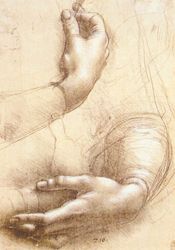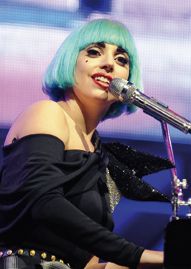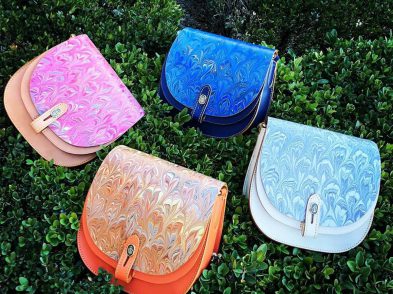Please brace yourself for the following sentence. Studying abroad in Florence is hard. Now before you write me off for complaining about how my diamond shoes are too tight, consider the following: before I landed in Florence I had never been so preoccupied with the search for an abstract concept, and yet, here I pass almost every day struggling to find the ‘real’ Firenze. That is, the Florence that is buried under the grand churches, ‘authentic’ trattorias, American bars, and echoing museums filled with Renaissance masterworks. That is not to say that these places aren’t real, but rather, in a city founded upon centuries of momentous history, I am looking for the still-beating heart of the city, the one that wasn’t buried with Brunelleschi underneath the Duomo.
This search for authenticity is a new problem for me, as growing up I certainly never felt compelled to find anything ‘real’ in my native Los Angeles (although many would argue such a thing doesn’t exist). Yet here, each day is just another page in the saga of my quest for bona fides. I came to Italy for a reason, but everywhere I turn, my Italian elicits responses in English and I am being ushered into bars that play the Black Eyed Peas and serve piña coladas. After two weeks of blindly following the path laid out for me, I was able to say for sure that the real Firenze is not hidden in the bottom of a plastic cup anywhere near the Duomo, but any statements in the affirmative persisted to be elusive.
I thought that one way to find the real heart of Florence would be through its art, but when staring at the The Birth of Venus through two inches of bulletproof glass I couldn’t exactly feel the pulse. Little did I know, the authenticity I so desperately needed was right next door, hidden away in a villa in the hills of Fiesole, at the Primo Conti Foundation and Museum. In case the name doesn’t ring a bell, or even if it does but the sound is rather dim, here’s a quick refresher.
Conti was born in Florence in 1900. He painted his first picture at 11, and at 13, he composed his first musical work, Romance for Violin and Piano. That same year he had his first encounter with the futurist movement, and by 17, he was a founding member of the Florence Futurist Group. During these years, he cultivated a unique painting style that combined art nouveau, expressionism, fauvism, and orphism. Beginning at age 13, he made tremendous contributions to the futurist movement with his paintings, drawings, and a collection of poetic prose titled Imbottigliature.
During the 20s (his and the century’s), Conti explored a multitude of styles ranging from mannerism to esotercism, which further showcased the versatility of his brilliance. The 30s saw both his adherence to Fascism and his inner rebellion against it, as evinced in his refusal to join the Novecento Italiano group and producing some of his most celebrated works. Conti’s dalliance with the fascist movement is one of many in the complex relation between the dynamism of the fascist movement and the sensibility of the futurists.
Following this tumultuous period, he collaborated with the Maggio Musicale Fiorentino with costumes, scenography and sketches. In 1941, he became the chair of painting at the Florence Academy of Fine Arts. With the end of Second World War, he purchased what is now the site of the foundation, the beautiful Villa Le Coste. A spiritual crisis from 1948 to 1963 led him to join the Order of the Franciscans, though he continued to paint throughout this period. He passed away in Fiesole in 1988, after a painting career that spanned seven decades.
He left behind Villa Le Coste, his archives, and his works of art, all of which now comprise the Primo Conti Foundation and Museum. The house-museum showcases 63 paintings and 163 drawings that trace his career from 1911 to 1985, the year he produced his last work.
The collection is striking in both its breadth and intimacy; Conti himself arranged the succession of pictures in order to illustrate his artistic development. In a city inundated in masterpieces, the opportunity to focus on the linear progression of one artist in the context of his home is a unique experience. An afternoon spent at Villa Le Coste provides a complete picture of the development of a man who was not just a brilliant artist but a fixture of twentieth-century Florentine culture.
Finally, after taking a tour of the artist’s aesthetic evolution, guests of the museum may enter his basement studio to see where many of these works were produced. It was here, after weeks of searching, standing above the paint drops left behind by one of Italy’s greatest contemporary painters, I found the real Florence I so desperately needed. All I had to do was leave the city.
Primo Conti Foundation and Museum
Villa Le Coste via G. Dupré 18, Fiesole
Monday through Friday, 9am to 1pm
In the afternoon, guided visits by appointment only for groups
www.fondazioneprimoconti.org; 055/597095
Getting there: Ataf bus number 7







